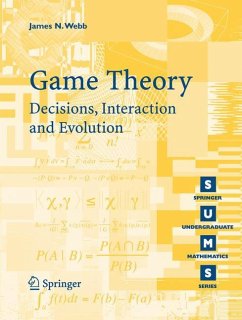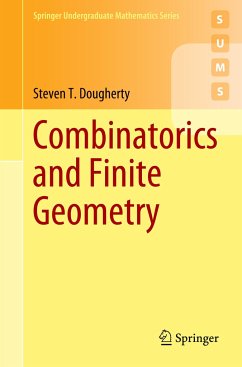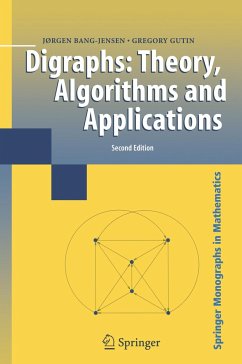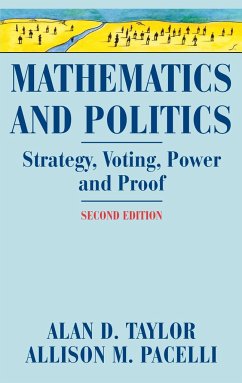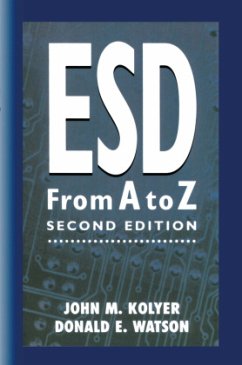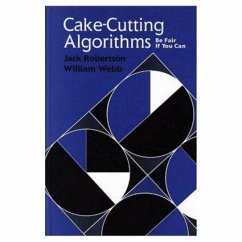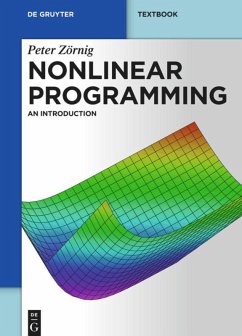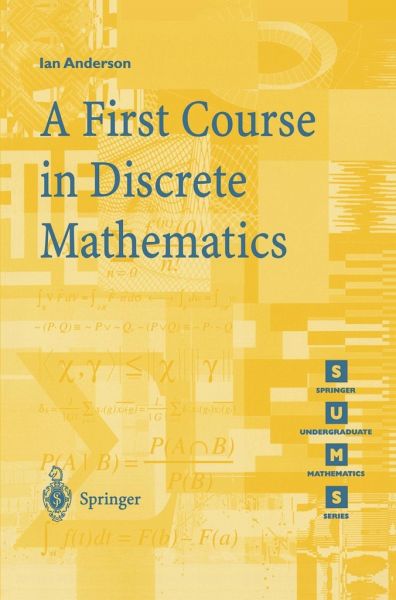
A First Course in Discrete Mathematics

PAYBACK Punkte
14 °P sammeln!
Drawing on many years'experience of teaching discrete mathem atics to students of all levels, Anderson introduces such as pects as enumeration, graph theory and configurations or arr angements. Starting with an introduction to counting and rel ated problems, he moves on to the basic ideas of graph theor y with particular emphasis on trees and planar graphs. He de scribes the inclusion-exclusion principle followed by partit ions of sets which in turn leads to a study of Stirling and Bell numbers. Then follows a treatment of Hamiltonian cycles, Eulerian circuits in graphs, and Latin squares as well as proof of Hall's theorem. He concludes with the constructions of schedules and a brief introduction to block designs. Each chapter is backed by a number of examples, with straightforw ard applications of ideas and more challenging problems.
Discrete mathematics has now established its place in most undergraduate mathematics courses. This textbook provides a concise, readable and accessible introduction to a number of topics in this area, such as enumeration, graph theory, Latin squares and designs. It is aimed at second-year undergraduate mathematics students, and provides them with many of the basic techniques, ideas and results. It contains many worked examples, and each chapter ends with a large number of exercises, with hints or solutions provided for most of them. As well as including standard topics such as binomial coefficients, recurrence, the inclusion-exclusion principle, trees, Hamiltonian and Eulerian graphs, Latin squares and finite projective planes, the text also includes material on the ménage problem, magic squares, Catalan and Stirling numbers, and tournament schedules.





